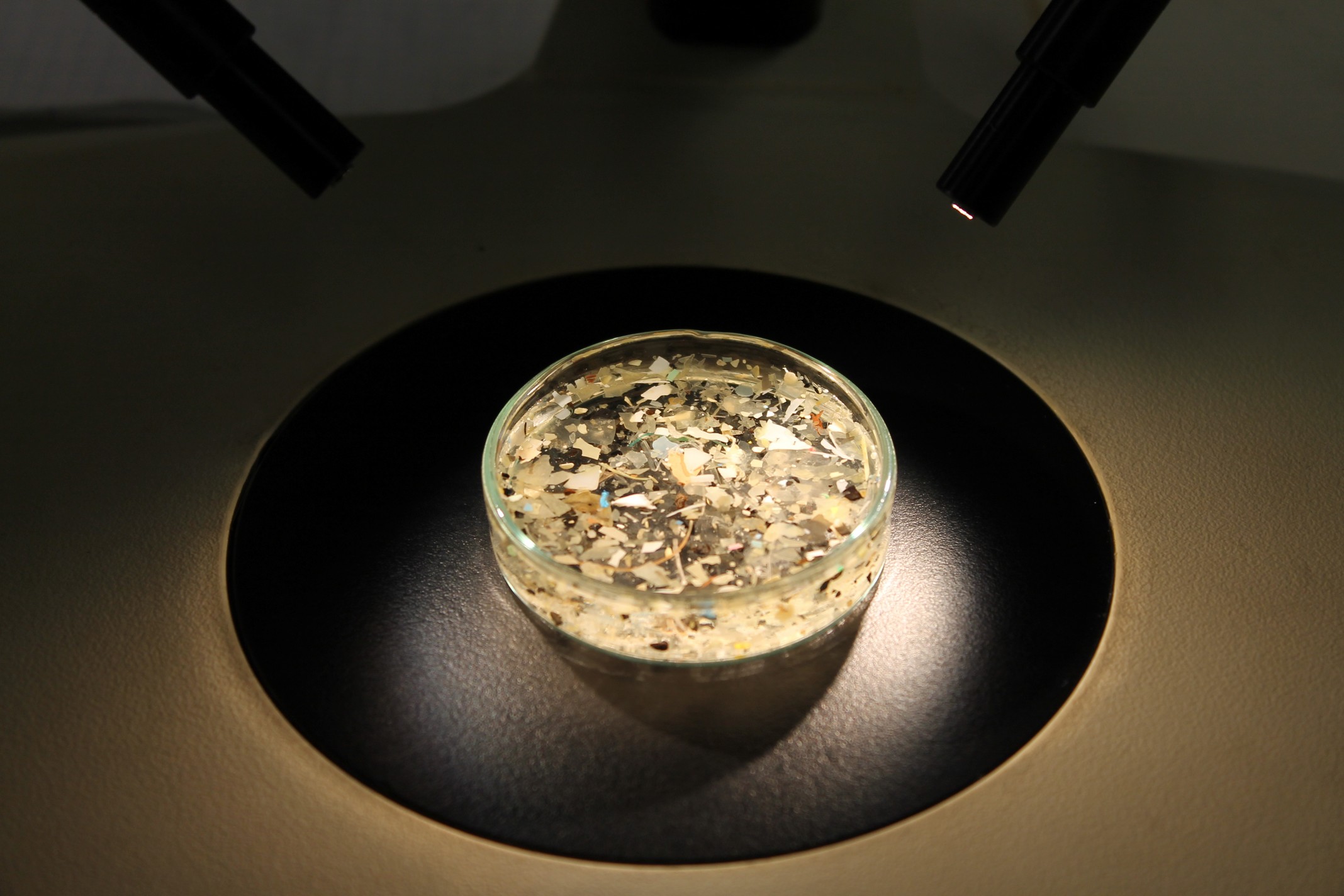Resources and natural
and anthropic marine hazards
Marine environments and ecosystems are exposed to the impact of numerous risk factors, of different origins, acting at different spatio-temporal scales. They include sea warming and acidification, extreme meteomarine events, pollution (sewage spills and chemical species, plastics and microplastics, marine litter), maritime traffic, exploitation of biotic and abiotic resources (hydrocarbons, geothermal and seabed mineral resources), eutrophication phenomena (hypertrophy, anoxia), and the presence of invasive species. To these must be added geological phenomena, such as earthquakes, volcanic eruptions, landslides, and the resulting tidal waves.
ISMAR is engaged in scientific research activities, for which it has a recognized national and international leadership role. The goal is to improve knowledge of natural and anthropogenic marine hazards and the processes that generate them, consolidating multidisciplinary and multi-scale synergy. Effective responses are provided in terms of applied research and technological innovation accordingly.
The activity is developed through the study of geological, oceanographic, and biological processes that may pose risks and hazards to the environment and to humans, both the risks that human activities may produce.
Specifically, ISMAR contributes to the development of physically coupled atmosphere/sea models for the analysis and prediction of the state of the sea (level, waves, temperature, for example) and its extremes, from the open sea to the coast. In situ and satellite measurements are also used for their characterization.
ISMAR is involved in evaluating the sustainable use of the geothermal resource in marine-coastal areas and characterizing sediments and soils for subsurface thermal energy storage.
ISMAR also supports study and research activities in the field of exploration and cultivation of hydrocarbons and marine mineral resources and the safety and environmental sustainability of their exploitation, with the aim of contributing to the implementation of guidelines and best practices for the implementation of national and international regulations. These studies set up the characterization of geological hazards such as faults, submarine landslides, fluid spills also potentially triggered by anthropogenic activities.
ISMAR is involved in the study of the mechanisms of pollutant dispersion in the marine environment and the risk associated with ecosystem and human health.
The challenges ISMAR faces in these areas are in line with the goals of the UN 2030 Agenda for Sustainable Development, the Good Environmental Status of the European Community, and all national actions aimed at environmental sustainability and security. In order to achieve these goals, insights into different types of environments, the definition of a strategy aimed at risk parameterization and the definition of mitigation strategies that dynamically adapt to ongoing global change are essential.
